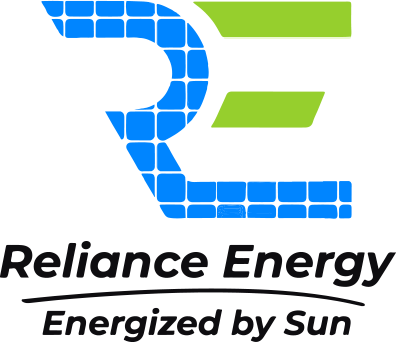Popular Questions
Discover you question from underneath or present your inquiry fromt the submit box. Growing businesses need strong tax management to meet current and future tax liabilities and we can help you achieve this, whatever challenges you face.
Discover you question from underneath or present your inquiry fromt the submit box. Growing businesses need strong tax management to meet current and future tax liabilities and we can help you achieve this, whatever challenges you face.
Discover you question from underneath or present your inquiry fromt the submit box. Growing businesses need strong tax management to meet current and future tax liabilities and we can help you achieve this, whatever challenges you face.
Discover you question from underneath or present your inquiry fromt the submit box. Growing businesses need strong tax management to meet current and future tax liabilities and we can help you achieve this, whatever challenges you face.
General Questions
Discover you question from underneath or present your inquiry fromt the submit box. Growing businesses need strong tax management to meet current and future tax liabilities and we can help you achieve this, whatever challenges you face.
Discover you question from underneath or present your inquiry fromt the submit box. Growing businesses need strong tax management to meet current and future tax liabilities and we can help you achieve this, whatever challenges you face.
Discover you question from underneath or present your inquiry fromt the submit box. Growing businesses need strong tax management to meet current and future tax liabilities and we can help you achieve this, whatever challenges you face.
Discover you question from underneath or present your inquiry fromt the submit box. Growing businesses need strong tax management to meet current and future tax liabilities and we can help you achieve this, whatever challenges you face.
